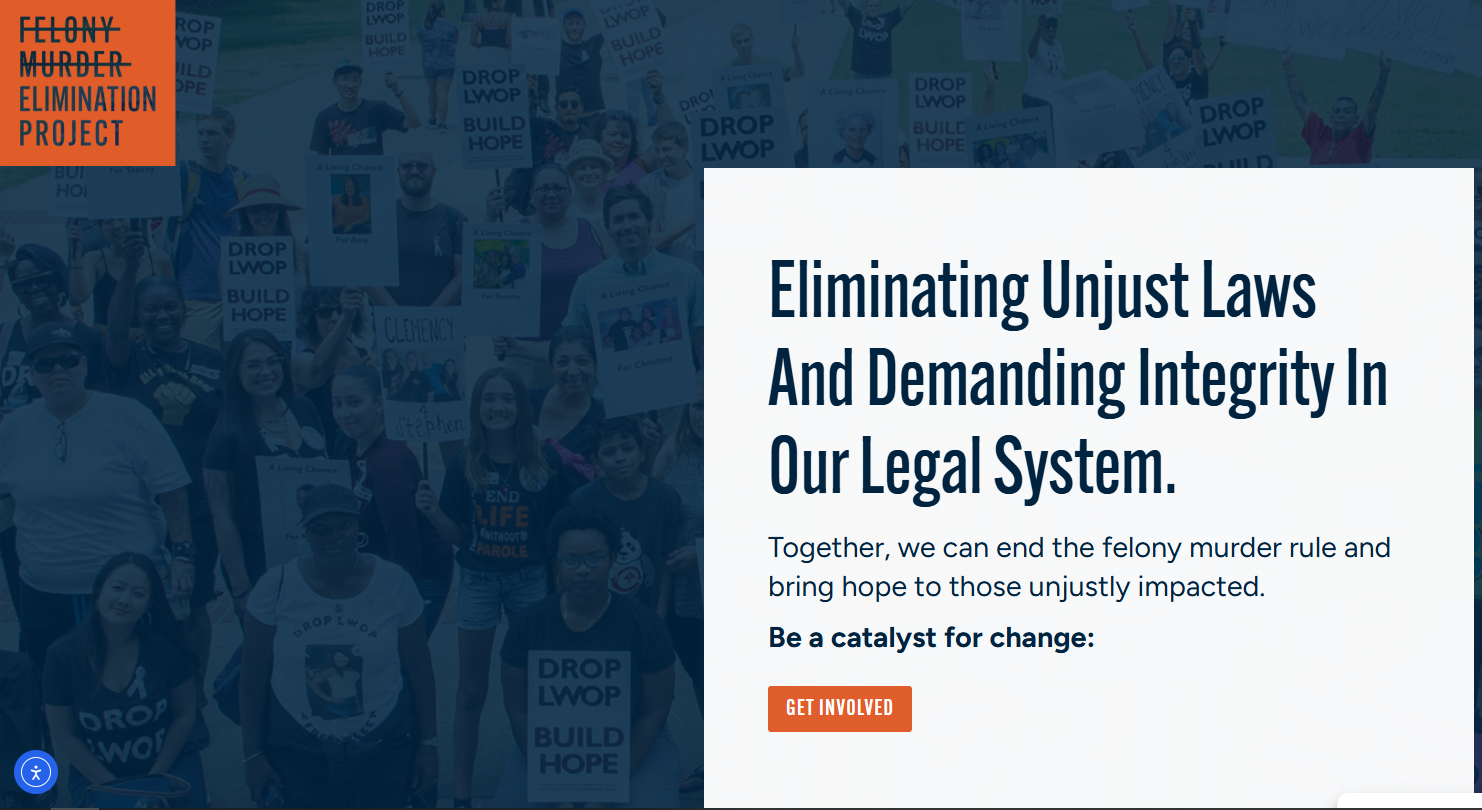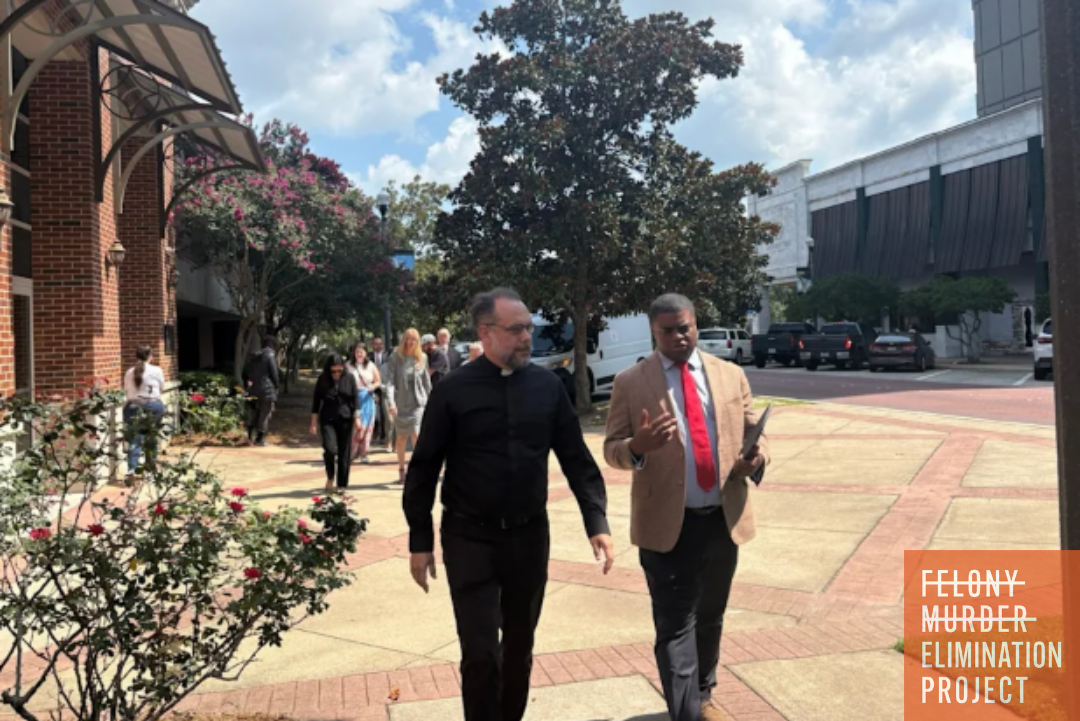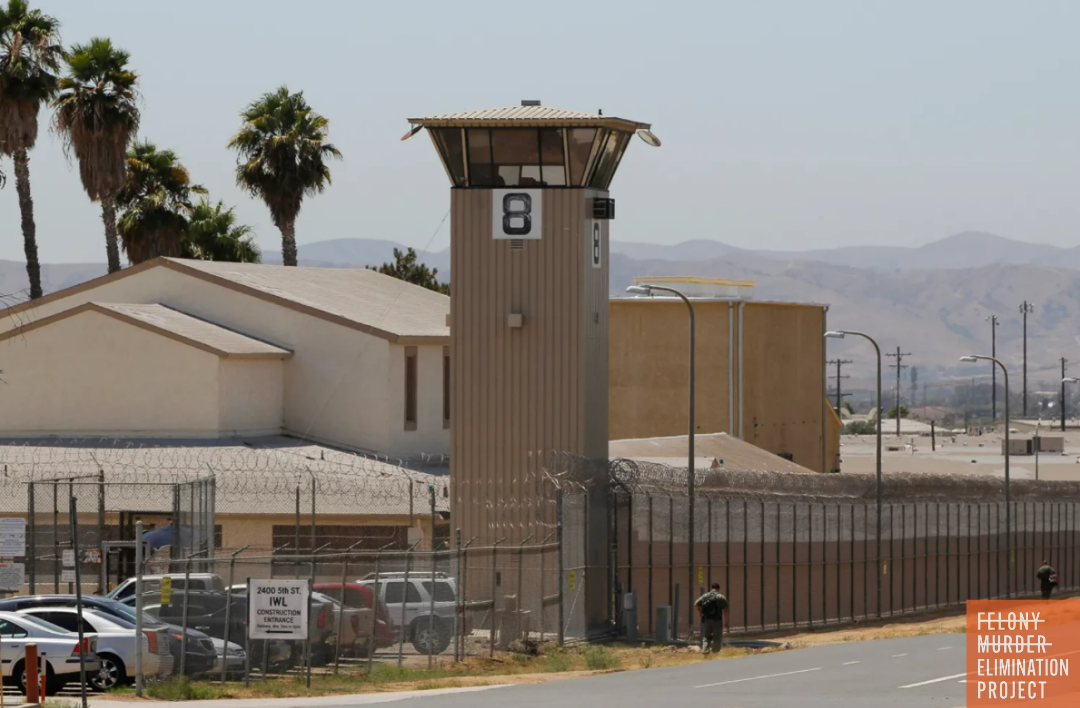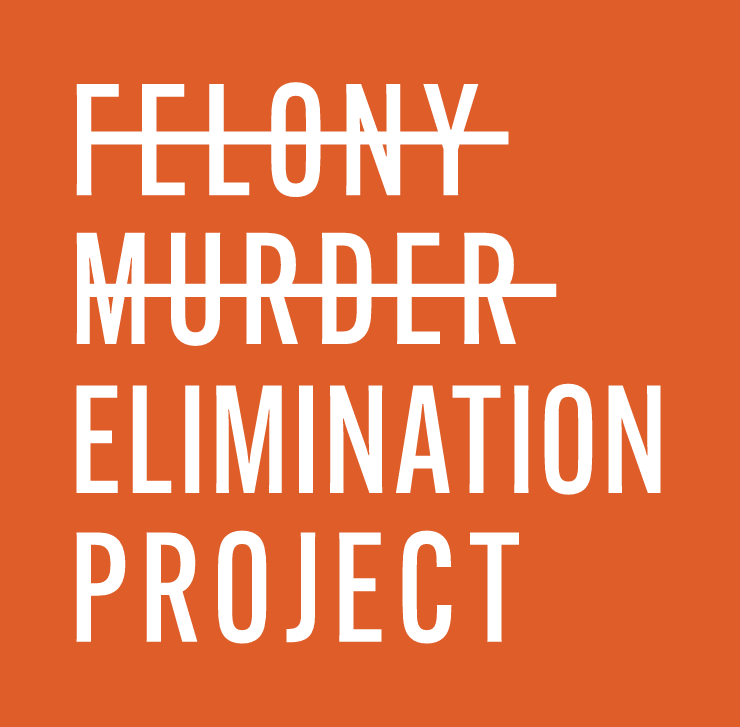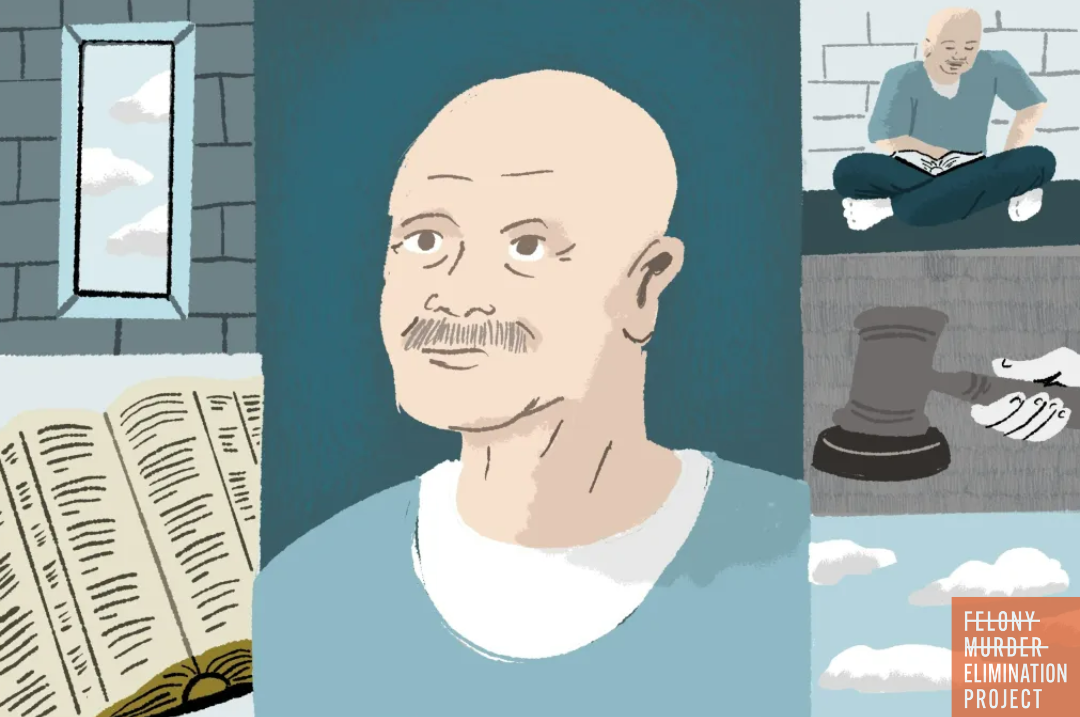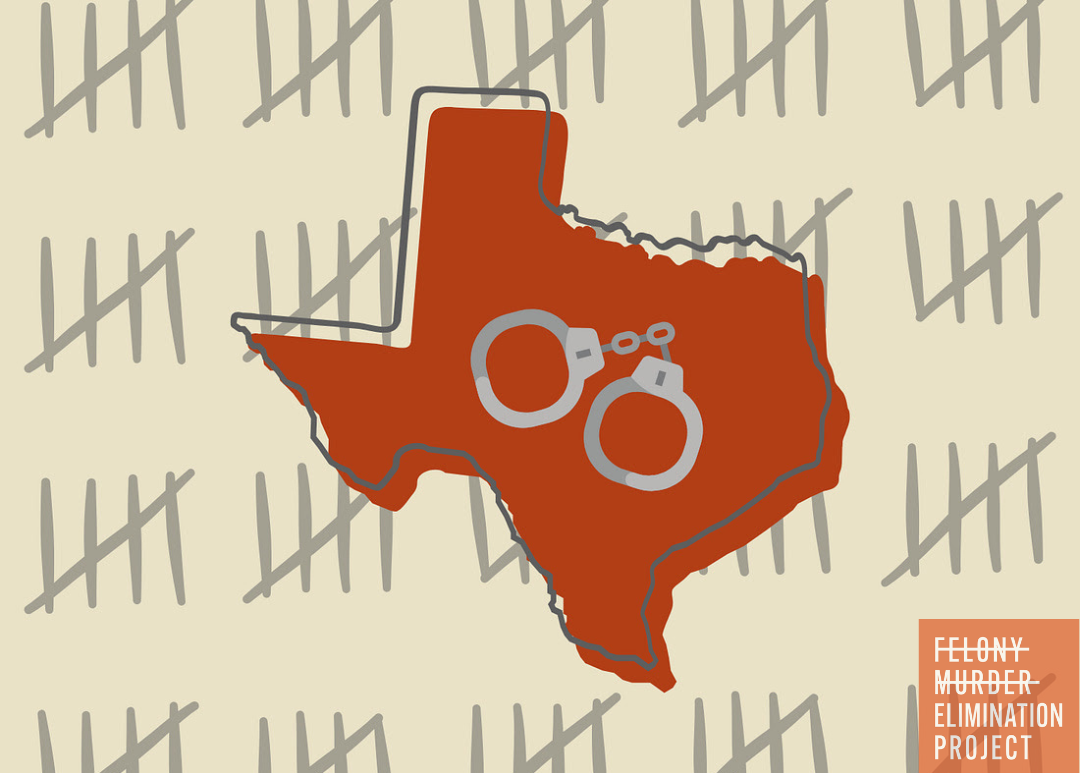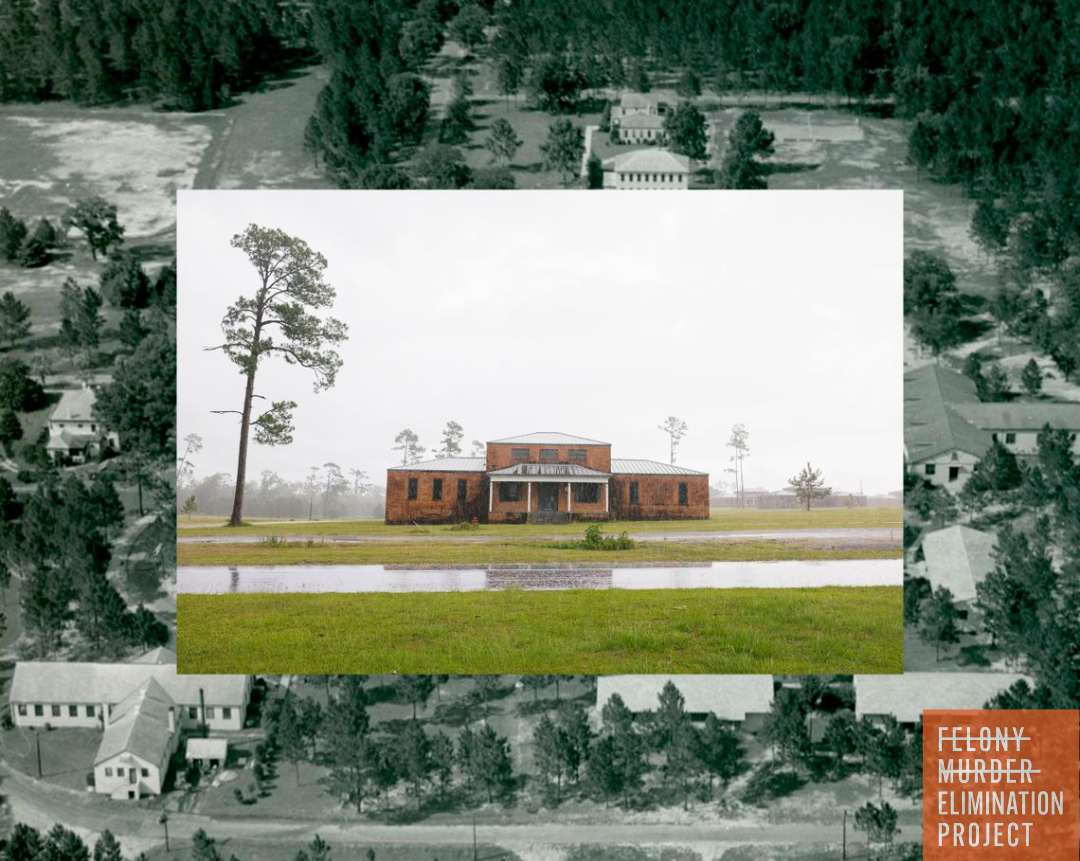SB672 - Youth Rehabilitation and Opportunity Act Update

The Youth Rehabilitation and Opportunity Act (SB 672), authored by Senator Susan Rubio (SD22 - Los Angeles & San Bernadino counties), would allow Californians sentenced to LWOP for a controlling offense that occurred when they were 25 years of age or younger an opportunity to go before the Parole Board after serving 25 years of their sentence. This bill is an essential step in recognizing that individuals serving LWOP deserve a second chance.
At this time, a strategic decision has been made to pause the bill until January 2026. You can read more about this update and what’s next for the bill in this statement released by the SB 672 Advocacy Team.
The United States is the only country in the world that permits youth to be sentenced to life without parole. Sentencing children to die in prison is condemned by international law. For children (as well as adults), a sentence of life without parole is cruel, inhumane, and denies the individual’s humanity. For children, the sentence also defies law and research confirming that youth are different than adults and must be treated differently by our legal system. Yet thousands of young people have been sentenced to die in prison across the country. Additionally, Black and Brown youth are disproportionately sentenced to life without parole and other extreme sentences. Addressing the extreme sentencing of youth is pivotal in the fight for racial justice.
Between 2005-2016, the U.S. Supreme Court issued several decisions banning extreme adult sentences for youth under the Eighth Amendment’s prohibition on cruel and unusual punishment. In Roper v. Simmons, the Court banned the death penalty for youth under age 18; in Graham v. Florida, the Court banned life without parole sentences for youth under 18 convicted of non-homicide crimes; and in Miller v. Alabama, the Court banned mandatory sentences of life without parole for youth under 18 convicted of homicide crimes. While youth under 18 may still be sentenced to discretionary life without parole in homicide cases, these sentences should be rare and uncommon, reserved only for individuals who the court has deemed are incapable of rehabilitation. In Jones v. Mississippi the Court confirmed that age matters in sentencing, but gave states latitude to create their own procedures for sentencing youth. While judges must consider the hallmark characteristics of youth, they need not make any specific findings regarding youth characteristics and a young person’s eligibility for a life sentence.
In each of these cases, the Court relied upon scientific research to conclude that even youth who commit the most serious or violent crimes have the capacity to change. Because of their developmental immaturity, impetuousness, and susceptibility to negative peer influences, children are less blameworthy for their criminal conduct than adults.
Research shows that most youth will naturally grow out of criminal behavior by their mid-twenties. Life without parole and other extremely lengthy sentences keep youth in prison well past the point at which they have been rehabilitated and well beyond any reasonable risk of re-offending.
A number of state supreme courts, including to Washington, Massachusetts, and Michigan, have applied this research to determine that life without parole sentences for youth up to 21 violate their own state’s constitutional protections against cruel or unusual punishment.
We believe that California will add it's name to that list, and will continue to advocate for SB 672 toward that end.

